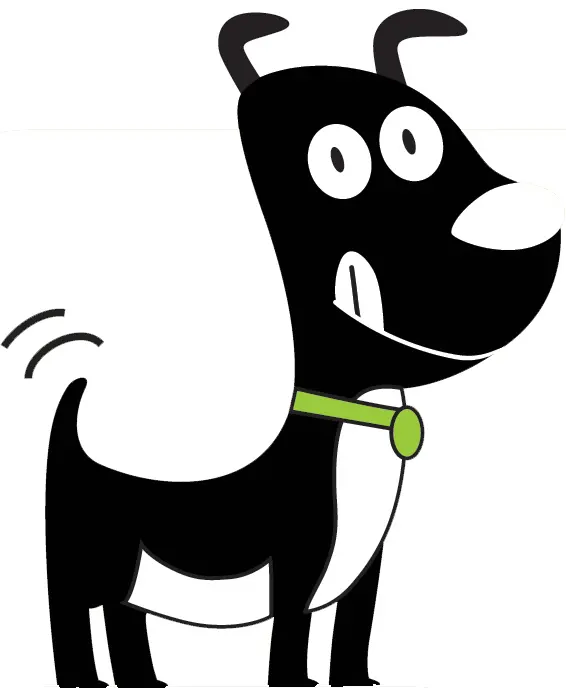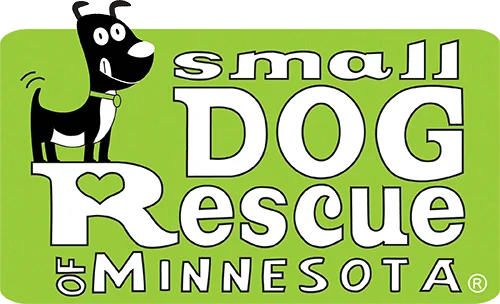Small dog aggression is a common concern among dog owners, but it can be confusing and frustrating to deal with. Although these pint-sized pups may not pose the same physical threat as their larger counterparts, aggressive behavior should be taken seriously and addressed appropriately. This article will delve into the reasons behind small dog aggression, help you understand your pet’s behavior, and provide you with practical strategies for managing and modifying this behavior.
Understanding Small Dog Aggression
Aggression in dogs, regardless of size, can manifest in various forms, such as growling, snapping, lunging, or biting. In small dogs, aggression often stems from one or more of the following factors:
- Fear: Fear is a powerful emotion, and small dogs may feel more vulnerable due to their size. A fearful dog may display aggression as a means of self-defense or to deter perceived threats.
- Resource Guarding: Dogs may become aggressive when protecting their resources, such as food, toys, or even their owner. Small dogs may feel the need to guard their resources more fiercely because they perceive themselves as having fewer means of defense.
- Lack of Socialization: Proper socialization is crucial for teaching a dog how to interact appropriately with other dogs, animals, and humans. A poorly socialized dog may become aggressive out of fear or uncertainty in new situations.
- Pain or Discomfort: If your small dog is experiencing pain or discomfort, they may lash out aggressively when touched or approached. A trip to the vet is necessary to rule out any health issues causing the aggression.
- Genetic Predisposition: Some breeds are more prone to aggressive behavior due to selective breeding for specific traits. However, not all dogs of an aggressive breed will exhibit this behavior, as individual temperament and upbringing also play a role.
Addressing Small Dog Aggression: Practical Strategies
Now that we’ve explored some of the reasons behind small dog aggression, let’s look at effective strategies for managing and modifying this behavior.
- Identify Triggers: First, determine what triggers your dog’s aggression. Keep a log of incidents to help you identify patterns, and use this information to avoid or manage these situations while working on behavior modification.
- Consult a Professional: If your dog’s aggression is severe or poses a danger to others, it’s essential to consult a professional dog behaviorist or trainer. They can assess your dog’s behavior and develop a tailored plan to address the issue.
- Socialization: If your dog’s aggression stems from a lack of socialization, gradually expose them to new situations, people, and animals. Start slowly, with controlled environments, and always ensure your dog feels safe and secure. Use positive reinforcement, such as treats and praise, to reward calm and appropriate behavior.
- Obedience Training: Teaching your dog basic commands such as “sit,” “stay,” and “leave it” can help them feel more secure and provide you with better control in challenging situations. Consistent, reward-based training is key to success.
- Desensitization and Counter-Conditioning: For fear-based aggression, desensitization and counter-conditioning techniques can be beneficial. Desensitization involves gradually exposing your dog to the trigger (e.g., a larger dog) at a distance that doesn’t provoke aggression, while counter-conditioning involves associating the trigger with something positive (e.g., treats). Over time, your dog should begin to feel more comfortable around the trigger.
- Redirect Aggression: If your dog is resource guarding or exhibiting other forms of aggression, redirection can be an effective strategy. For example, if your dog becomes aggressive when approached while eating, try tossing a treat a few feet away to distract them and create positive associations with your approach. Always exercise caution and avoid putting yourself in harm’s way.
- Reinforce Calm Behavior: Reward your dog for displaying calm and non-aggressive behavior in situations where they previously exhibited aggression. This will help them learn that appropriate behavior is more rewarding than aggressive behavior.
- Manage Your Dog’s Environment: If certain situations or environments consistently provoke aggression, try to minimize your dog’s exposure to them until their behavior improves. For example, avoid crowded dog parks or use baby gates to create safe spaces within your home.
- Exercise and Mental Stimulation: A well-exercised and mentally stimulated dog is less likely to exhibit aggressive behavior. Ensure your dog receives adequate physical exercise and mental stimulation through activities such as puzzle toys, interactive games, and training sessions.
- Patience and Consistency: Behavior modification takes time and commitment. Be patient with your dog as they learn new behaviors and remain consistent in your approach.
Small dog aggression can be a challenging issue to navigate, but with a better understanding of the underlying causes and the right strategies in place, it is possible to manage and modify your dog’s behavior. Remember, it’s essential to consult a professional behaviorist or trainer if your dog’s aggression is severe or poses a danger to others. By working together, you can help your small dog overcome aggression and live a happier, more harmonious life.

If you'd prefer to mail your donation check, please send it to:
Small Dog Rescue of Minnesota
P.O. Box 7773
Rochester, MN 55903
Thank you! We (and the dogs) appreciate your donation!
Get a free pet insurance quote from Health Paws and help a homeless pet today!


